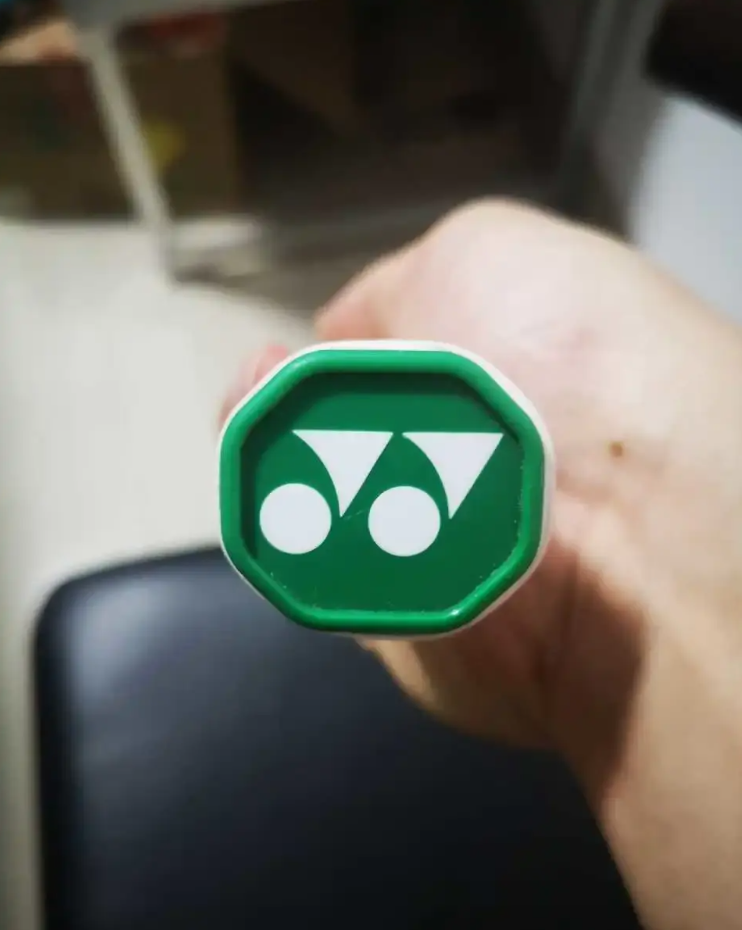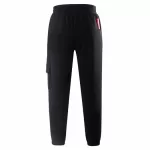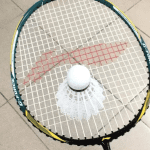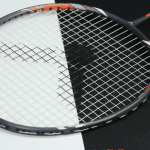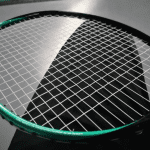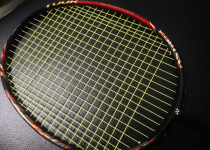
Badminton Racket YONEX ASTROX 99 tour Reviews
I’m sure there are quite a few of you out there who don’t have a good feeling about Green Factory’s low to mid-range offerings. I would not have tried this racket if I hadn’t been introduced to it again and again by a fellow golfer. After all, I was not satisfied with the ASTROX 99lcw tour and 99pro, and judging from the name, the 99tour was just a regular paint version of the 99lcw tour, which I had already dabbled with, so there didn’t seem to be any reason to try it again.
It wasn’t until the end of the trial that I realized it was really different.
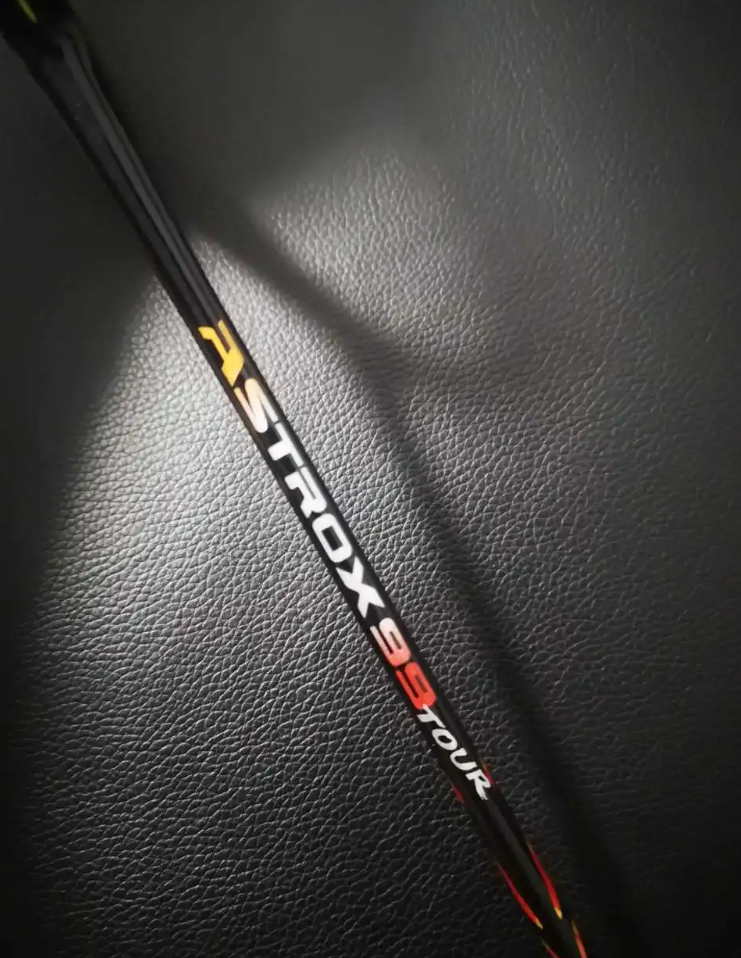
Parameters: 4UG5, total weight of 90.5g in used condition with bottom and top lines removed, balance point 311mm, center bar length 215mm, stiff, 68-hole string bed, boxed racket frame, 7-5 point string slots, 28lbs warranty, 25-27lbs drawstring nbg95.
From the appearance, it is basically a 99p, if not for the center bar and the word tour on the frame, at a glance, you can not see the difference between the two in the paint. yy since the adoption of the play/game/tour/pro of the newest method of distinguishing the product grade, the appearance of the low-end racket elements can be said to be a wave of upgrades, the four grades of the product look convergence. In my opinion, this appearance design strategy obviously takes care of the psychological needs of the potential customers of the yyy mid-range racket and deserves to be recognized.
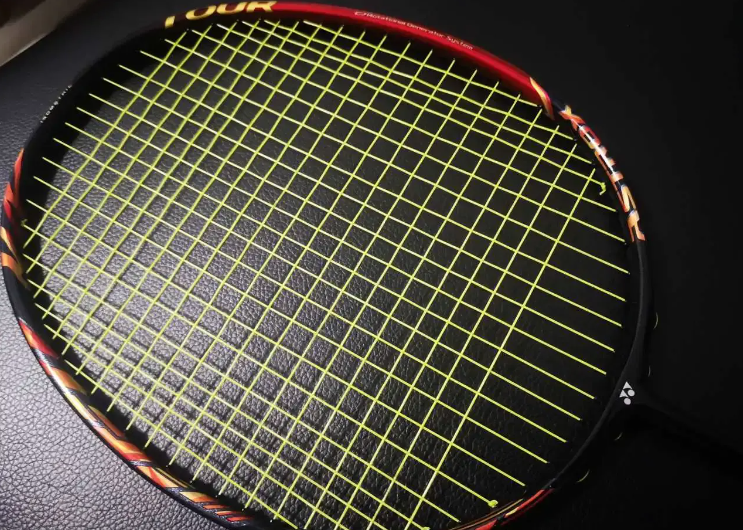
Because it has gone to the bottom, 99t initial weighing on the hand feel more than the then 99p, and the head weight feeling is also stronger, you can judge tour balance point is not lower than the same specifications of the pro, from the lead to swing in the final unloading stage of the situation a little brake can not be. Swing speed is the same slow, but ASTROX series of high swing weight and low swing speed never affect the various doubles professional athletes favor it.
It’s worth mentioning the material downgrade between the 99p and the 99t that can be seen from the appearance of the information, mainly because the frame material only adopts neo new dimension carbon instead of namd. a lot of material downgrade occurs in the middle shaft, and this Taiwan-made 99t although the middle shaft hints at the use of the material is no different from the pro, and the diameter of the middle shaft is similar, but the difference in the hardness of the two is adjusted to the difference in the arm wrestling can be sensed! The 99t is still made in Japan, I heard. I’ve heard that the 99t center bar is still made in Japan, so I have some expectations for it.
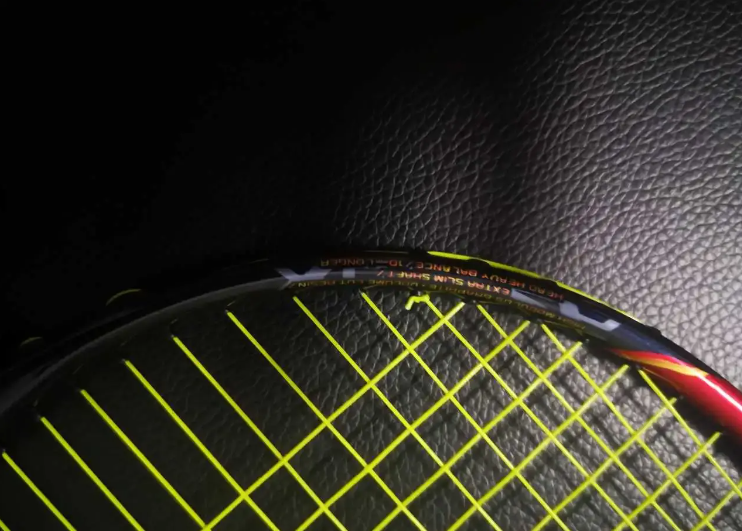
I have to say that the 99t was much friendlier to me at first, both the slightly softer feedback after hitting the ball and the easier to drive mid-range allowed me to quickly adapt to the 99t’s temperament in a small amount of time on the high draw. The difference in feel between the 99t and the 99t can’t be entirely attributed to the performance of the racquets. After all, the lack of precise control variables in the sole and string, especially the fact that the 95 string is softer than the vbs68, may have magnified the difference in the tuning of the middle stems. But one thing is for sure, the 99t’s stringbed net pressure is not as high as the 99p’s, so it doesn’t have the same extremely low hold time and exceptionally crisp ball response as the latter, which definitely lowers the racket’s power threshold to a great extent. On the 99t, the weird sweet spot feeling of the Pro somehow becomes less obvious, the sweet spot is relatively easy to adapt to, and at the same time, hitting the sweet spot feels good, it is easy to hit all kinds of speedy and suppressive shots, I believe that players who like to control the opponent’s baseline with a flat and high ball will like this kind of performance.
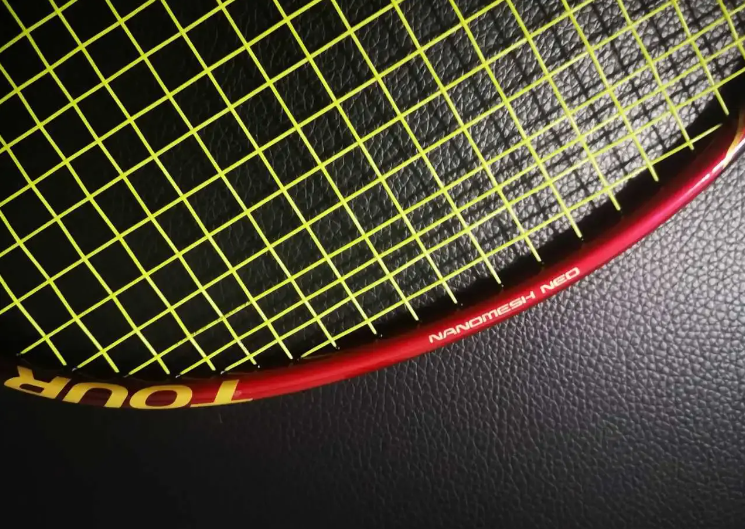
With a strong head weight, the 99t’s downward pressure is quite prominent. When killing the ball, you can clearly feel the frame wrapping around the head and going down, and the borrowed power is quite obvious, which feels very much like a kid’s chop. The power of the ball comes from the heavier head and the elasticity of the center stick. If this center stick is not the same source as YONEX’s lower-end rackets, I believe it based on its two notches higher elasticity performance. While I can’t say that it reaches the performance of the best type of midshots, it is at least comparable to the Victory flash midshots as well. In this way, its kill performance is really like the 3U Kid Chopper that I have experienced before, a racket that can make a potent attack.
Even the clunky stench is very similar, and I’m very reluctant to use this racket for passive such as chasing and backhand back point returns, it’s very hard to handle. Even though it’s a 4u racket, the high swing weight of the 99t makes it difficult for me to complete the swinging power process in shorter rallies. At times like this, barely getting back to the opponent’s midcourt gets me killed, making a solid transition to the near net to get used to the ball path gets me caught, and for now it looks like it’s only going to be solved by improving strength and pace.
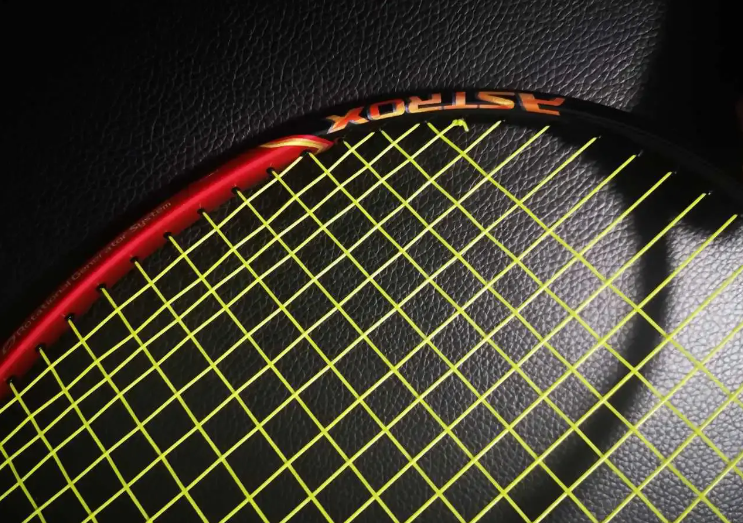
The 99t’s consistency is kind of online though. The existence of the swing generation system on the fast racket is reflected in this ASTROX, especially in the middle of the flat block and the opponent continuous downward pressure need to constantly pick up the kill, 99 series of this “very bad” side can be mitigated to just “bad” level. The 99 series’ “very bad” side can be mitigated to just “bad” level, so at least the 9-deaths mean hope.
The 99t also seems to be somewhat better in terms of shock absorption, but this is still a conclusion based on the fact that this is a head-heavy offensive racket with a threshold of use, the high swingweight has a considerable power requirement for ASTROX 99 series users, and in fact, according to the official positioning, the 99tour is still a product oriented towards professional and advanced amateurs. For most amateurs who want to get a yyy racket, think they love to kill the ball with a lot of power, and don’t like the mid-range paint of the VT series, the 99t is an option.
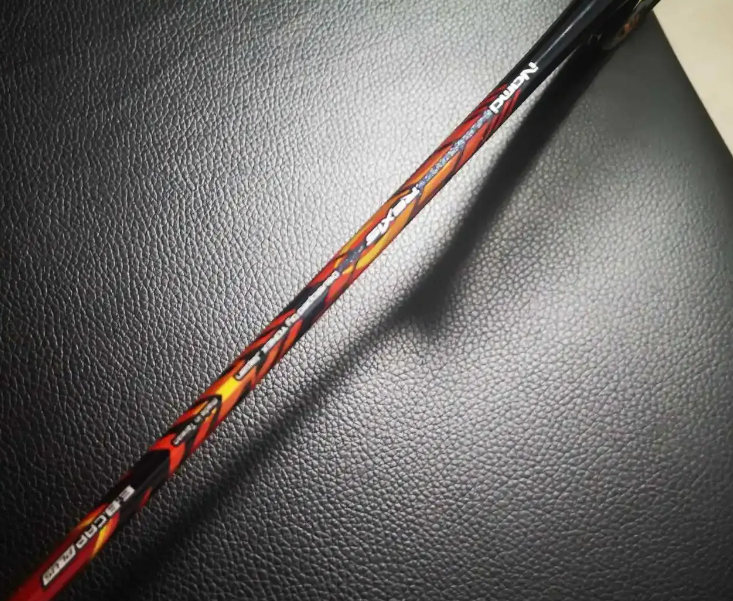
Back to the beginning, 99lcw tour looking at its greenish appearance I would be more inclined to think that it is for leeks, while the 99 tour is really something, the green factory in this regard intentionally or unintentionally play a word game.
So at what price point is this racket acceptable? Combining brand power, value and the actual performance of the 99t, I think it could be acceptable if priced a little higher than the CALIBAR 500.
